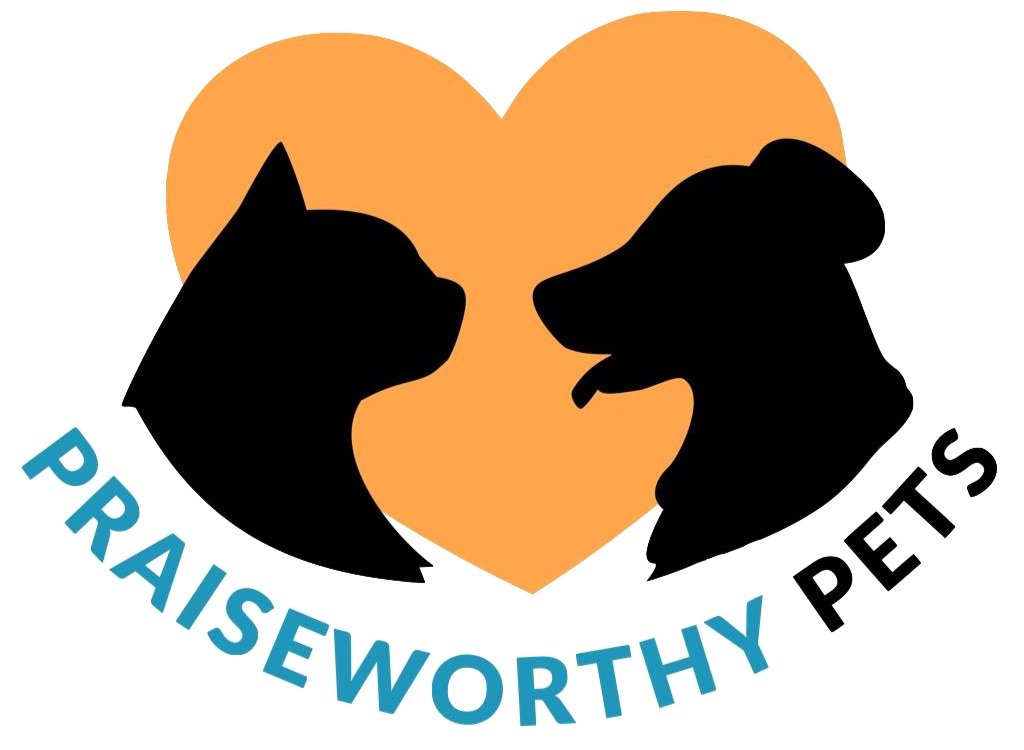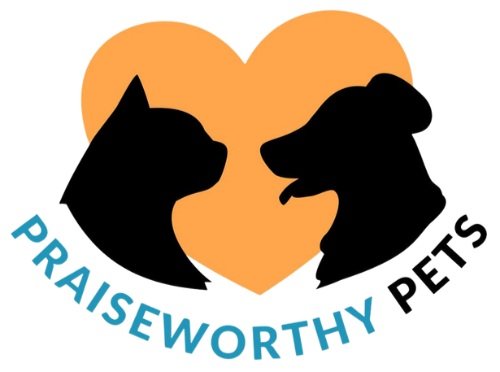My cat and dog aren’t getting along… where do I start?
It’s stressful for everyone involved when dogs and cats living in the same house don’t get along! But how can you start helping them live together peacefully?
If you aren’t concerned that they might hurt each other, here’s a general plan:
Get creative with management (it’s not just baby gates and leashes)
The first phase of any successful plan to help pets get along is going to be creating an effective management strategy.
Creating an effective management plan takes strategy and some trial and error.
Often, the simplest way to quickly reduce conflict between your pets is to set up your physical space to keep them separated.
But there’s a lot more to management than just physical barriers between your animals all the time.
Here’s how to start creating a more nuanced management plan:
1) identify routine triggers: where and when conflicts typically happen during the day
An example: when the cats come out of their safe room to eat their meals, the dog notices their movement and a chase often occurs.
2) strategize: brainstorm how you could use a combination of enrichment activities, supervision, and temporary physical barriers to prevent conflict in those situations
In our example: before the cats get their food, we could put the dog in his crate with a food-based enrichment activity so he can’t chase the cats if he sees them
3) test efficacy: does the strategy actually work to reduce conflict?
In our example: if a chase used to happen 75% of the time the cats came out to eat, and now there are no chases happening… success!
4) examine body language: does the management strategy stress out one or more of the animals?
In our example: maybe the dog doesn’t chase (because he is contained) but he is hard staring at the cats and unable to eat when they are in sight
5) adjust if necessary: if the management strategy is not effective or causes stress, change it (and then test efficacy and examine body language again)
In our example: we could try placing a blanket over the dog’s crate so he can’t see the cats when they are eating, moving where the cats eat, change up the enrichment activity, etc.
Use your routine strategically
We don’t just want to prevent conflicts from happening, we ultimately want our animals to have positive experiences around each other (so they actually get along better)!
One of the best ways to do this is to examine your pets’ daily routine.
Use your pets’ favorite times of day to your advantage.
What are the activities they do each day (or fairly often) that they enjoy?
Some common examples include:
eating (meals, treats)
playing (tug, wand toy)
training (easy tricks using positive reinforcement)
attention from humans (snuggling, massage)
Is it possible to have them do these activities near the other animal(s)?
Let’s take mealtime as an example. Our main goal is to help the cats become more confident around the dog (so they don’t bolt/act like prey as soon as they see him).
So let’s have them eat their food (which they love) near the dog!
Important: make sure the “near each other” is as non-stressful as possible for all animals involved!
keep the animals far apart (and use visual barriers if needed)
make sure they can leave if they feel uncomfortable (or can signal that they want the other animal to leave)
choose activities that help the animals do desired behaviors (e.g. laying down, calmly moving around the space, paying attention to you)
In our example, at mealtimes, the dog is in his crate across the room, calmly working on a yummy food-based enrichment activity. When the cats come out for their meals, they can eat while observing the dog (who is exhibiting non-threatening behavior towards them). They can also leave whenever they want!
➔ Aim to schedule at least one of these sessions per day. The best part is? Since they are already happening during routine events, they won’t be an extra time commitment!
Get a second pair of eyes on the situation
Sometimes you’re just too close to the situation to be able to see what changes could be made!
Plan to consult with other people to help you brainstorm and strategize.
When you’re living with stress and conflict, it’s very hard to objectively look at what needs to be done.
Don’t hesitate to seek out help from a professional trainer (ideally who is familiar with cat behavior as well as dog) so they can examine your home setup and routine.
They might suggest things that seem simple - like you should have thought of it on your own.
But push those thoughts out of your head! We often can’t see what’s right in front of us.
And what’s important is that you now have someone on your team to bounce ideas off of and troubleshoot as you move through the process of helping your pets get along!
Do you want help honing your management strategy and creating a plan to help your cat and dog coexist peacefully? Learn more about my private training programs.





